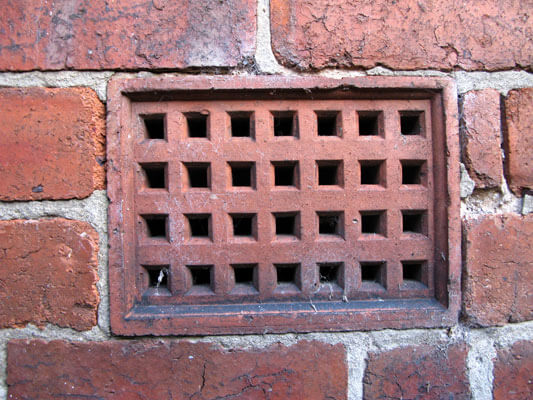Proper ventilation is an essential part of any construction project. Not only does it ensure the safety and health of workers on the job, but it also helps to protect against potential fire hazards and other risks associated with poor air circulation. Proper ventilation can also help reduce energy costs by allowing fresh air into the building while preventing heat buildup from machinery or appliances. In this article, we will discuss why proper ventilation is so important in a construction project, as well as how to achieve optimal results.
What is Proper Ventilation?
Proper ventilation involves the exchange of air between inside and outside a building or room. It helps to regulate temperatures, reduce odours, prevent mould growth and remove airborne contaminants. Proper ventilation also plays an important role in improving air quality by allowing fresh air to enter the building while expelling stale, contaminated air.
The main components of a proper ventilation system are fans and vents. Fans are placed strategically around the building’s exterior or interior space to facilitate the circulation of air. These can range from small electric fans to larger exhaust fans designed to channel large amounts of air out of the building. Vents are also used to bring fresh outside air into the space, as well as control temperature levels.
Advantages of Proper Ventilation in Construction Projects
There are numerous benefits to implementing proper ventilation systems during construction projects. One of the most important benefits is improved safety for workers on the job site. Poorly ventilated areas can cause dizziness, nausea, headaches and other health issues due to lack of oxygen or buildup of toxic or hazardous gases. In addition, inadequate ventilation can lead to dust accumulation which can become a fire hazard if left unchecked.
By providing adequate fresh air supply into space and controlling temperature levels, it is possible to minimize health risks associated with poor indoor air quality during construction projects. This can help protect workers from potential respiratory illnesses and other ailments caused by long-term exposure to poor conditions on the job site. Another benefit is that it can help reduce energy costs as well by limiting heat buildup from machinery and appliances used during construction work.
How To Achieve Optimal Results With Ventilation Systems
Time to grab your selection of drywall screwdrivers! When installing proper ventilation systems for construction projects there are several factors that should be taken into consideration such as size and power requirements for each fan or vent needed as well as placement within the area being ventilated. Additionally, all components must be maintained regularly in order to ensure they continue operating at their highest efficiency levels over time. This may include cleaning off any accumulated dust or debris on fan blades and grills as well as checking that all motors continue working properly without any issues arising over time.
Finally, it is important that regular inspections take place in order to ascertain that all components continue functioning correctly throughout the duration of the project so as not to create any health hazards or fire risks due to inadequate ventilation systems being put in place during construction work.
Conclusion
Proper ventilation is an essential component of any construction project and can have a significant impact on the safety and efficiency of the job site. By taking into consideration all components involved in creating a proper ventilation system, as well as maintaining it regularly during the duration of the project, it is possible to ensure that workers will be safe from any hazardous conditions associated with inadequate ventilation throughout the duration of their work onsite.










